Cells, Free Full-Text
Por um escritor misterioso
Last updated 07 julho 2024
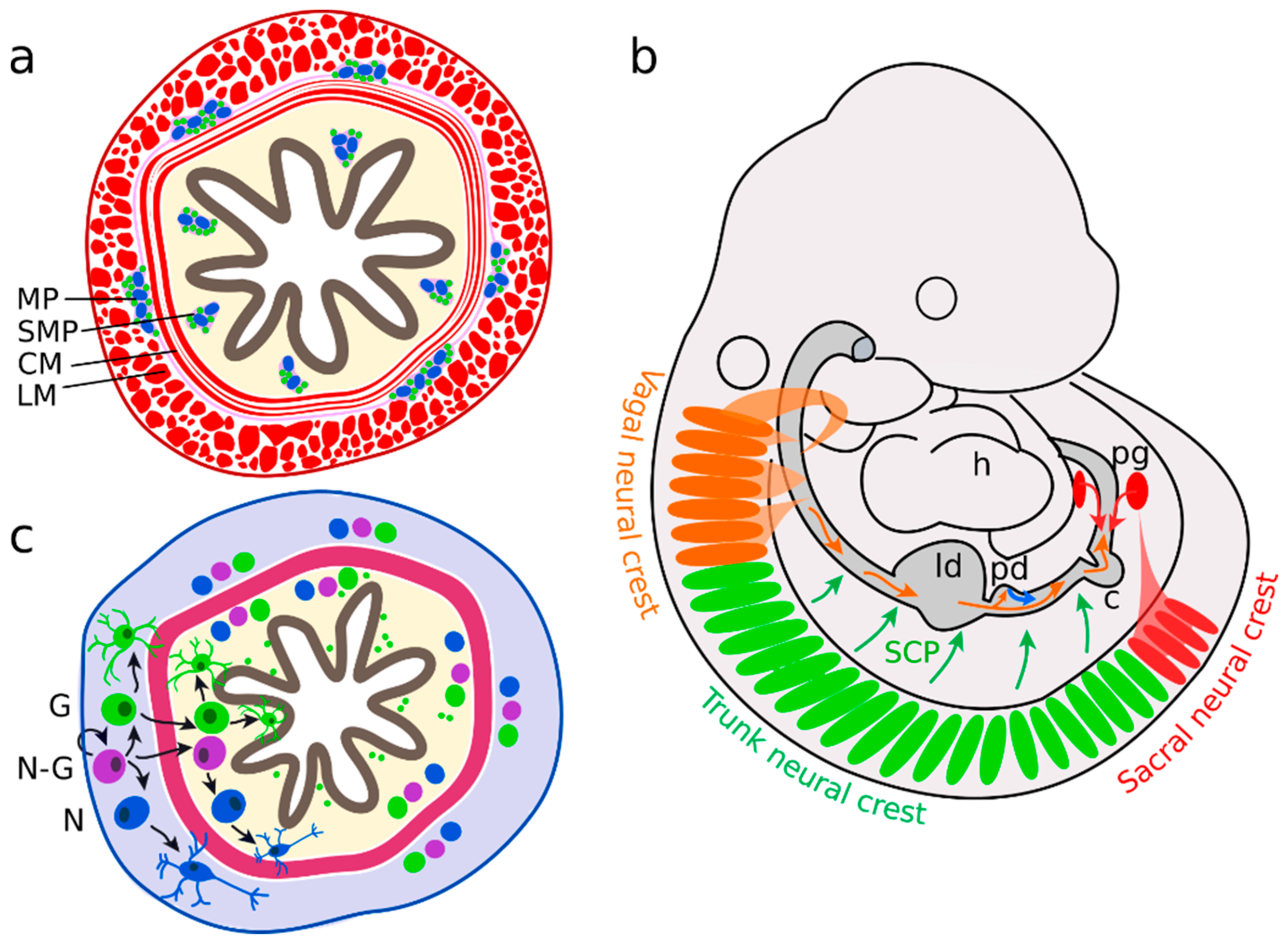
The enteric nervous system (ENS) constitutes the largest part of the peripheral nervous system. In recent years, ENS development and its neurogenetic capacity in homeostasis and allostasishave gained increasing attention. Developmentally, the neural precursors of the ENS are mainly derived from vagal and sacral neural crest cell portions. Furthermore, Schwann cell precursors, as well as endodermal pancreatic progenitors, participate in ENS formation. Neural precursors enherite three subpopulations: a bipotent neuron-glia, a neuronal-fated and a glial-fated subpopulation. Typically, enteric neural precursors migrate along the entire bowel to the anal end, chemoattracted by glial cell-derived neurotrophic factor (GDNF) and endothelin 3 (EDN3) molecules. During migration, a fraction undergoes differentiation into neurons and glial cells. Differentiation is regulated by bone morphogenetic proteins (BMP), Hedgehog and Notch signalling. The fully formed adult ENS may react to injury and damage with neurogenesis and gliogenesis. Nevertheless, the origin of differentiating cells is currently under debate. Putative candidates are an embryonic-like enteric neural progenitor population, Schwann cell precursors and transdifferentiating glial cells. These cells can be isolated and propagated in culture as adult ENS progenitors and may be used for cell transplantation therapies for treating enteric aganglionosis in Chagas and Hirschsprung’s diseases.

Rapid cell-free characterization of multi-subunit CRISPR effectors and transposons - ScienceDirect

Cell-free protein synthesis for producing 'difficult-to-express' proteins - ScienceDirect
Full-spectrum cell-free RAN for 6G systems: s
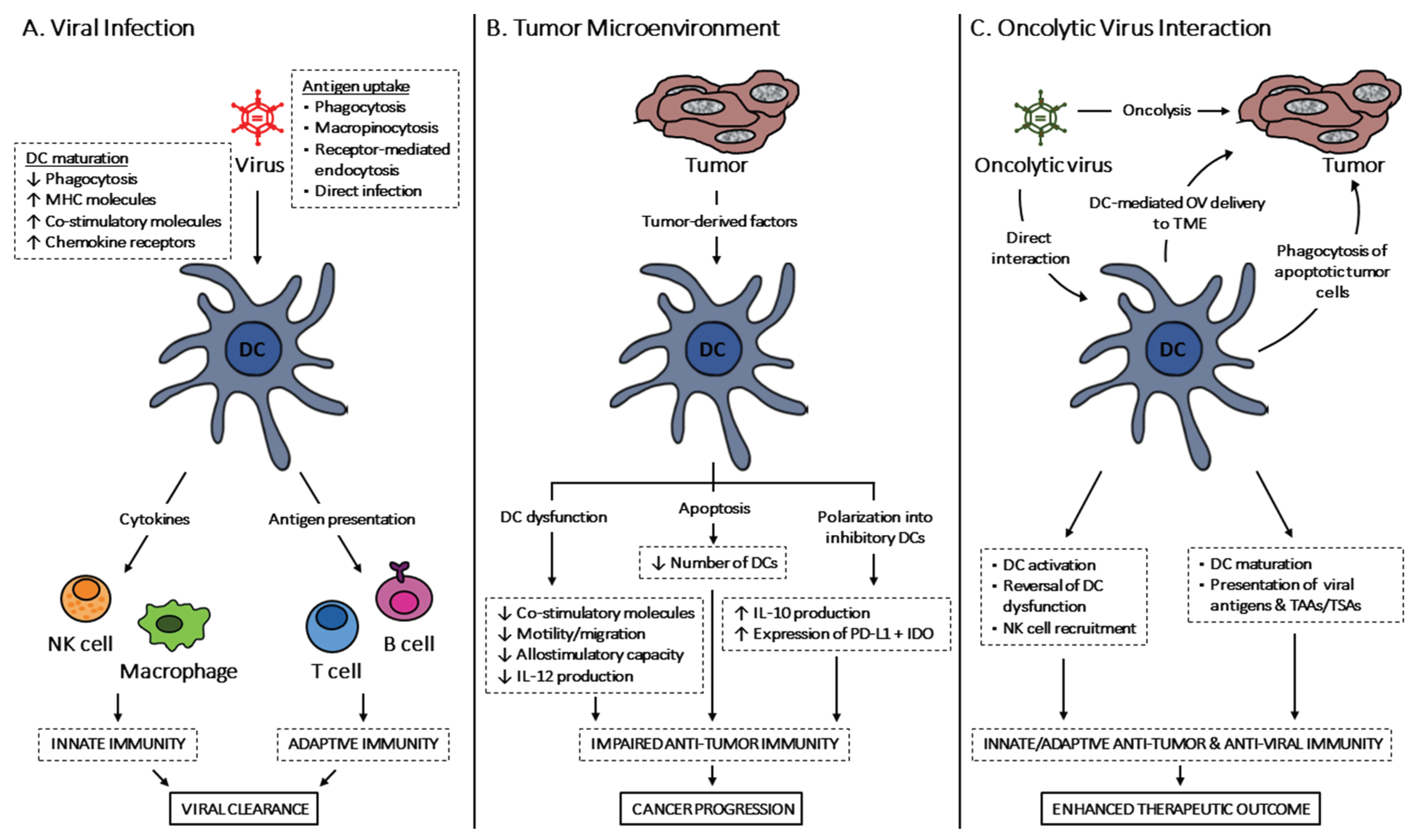
Viruses, Free Full-Text
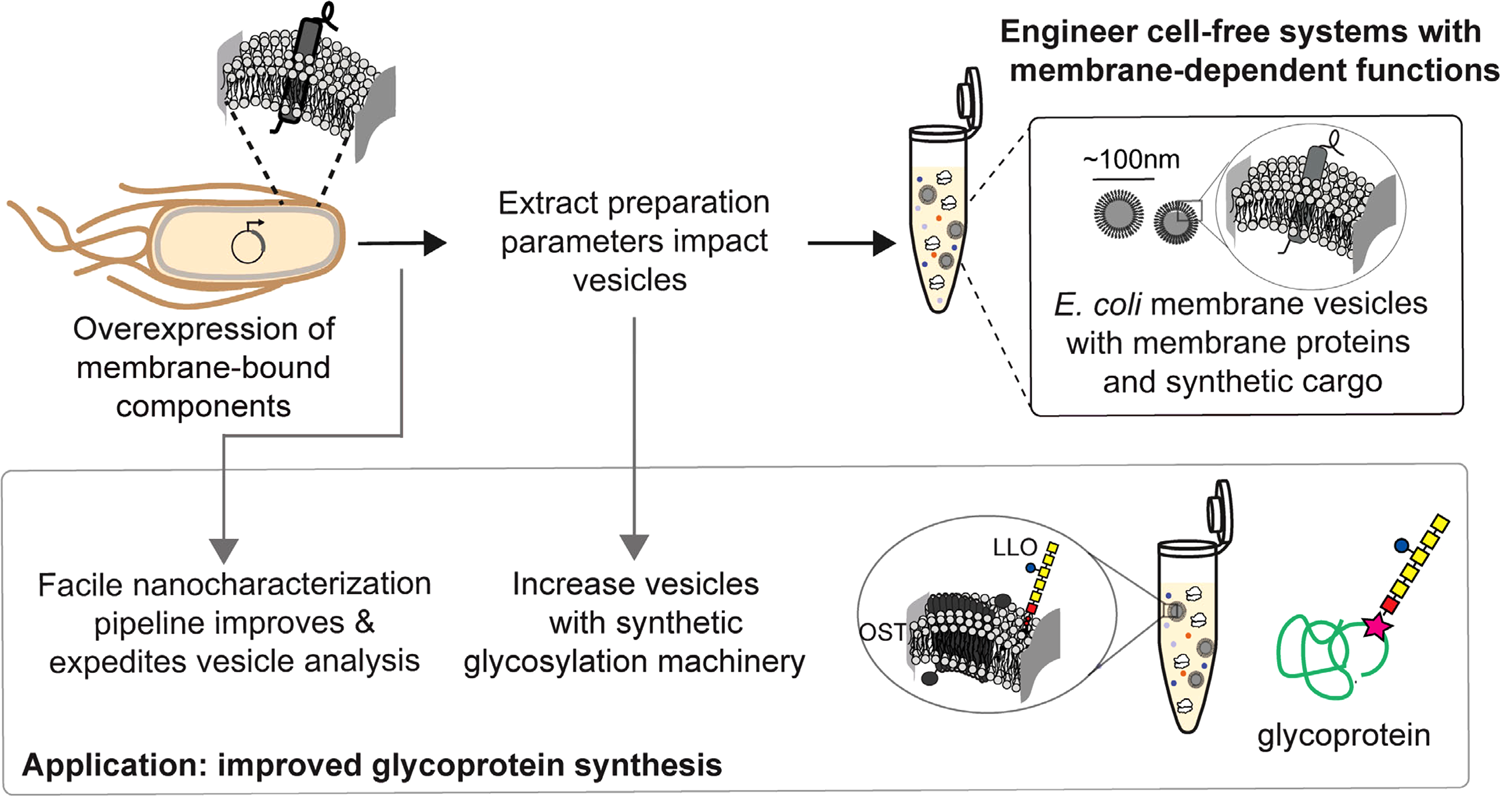
Improving cell-free glycoprotein synthesis by characterizing and enriching native membrane vesicles

Nucleic acid biomarkers of immune response and cell and tissue damage in children with COVID-19 and MIS-C - ScienceDirect
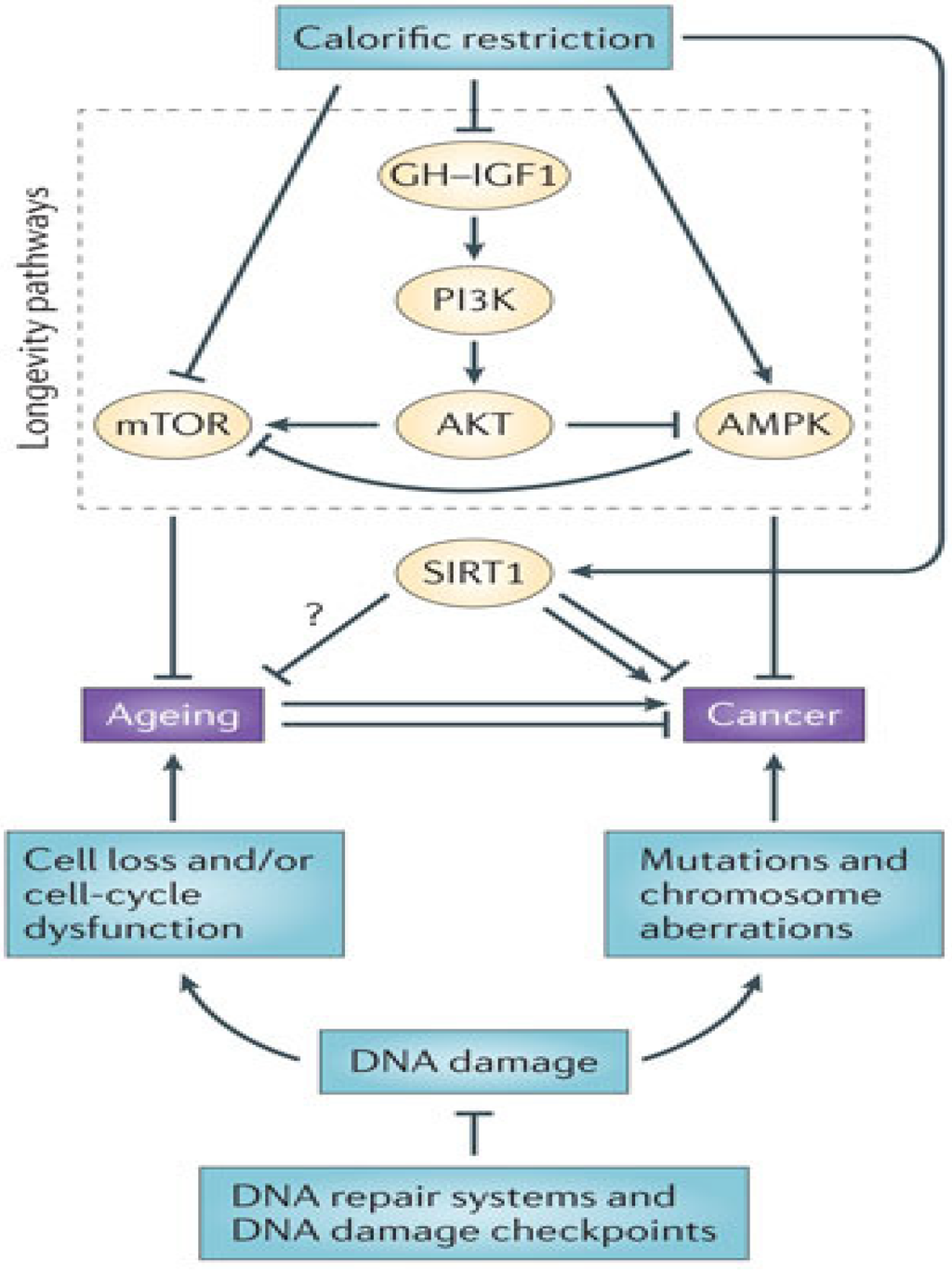
JCM, Free Full-Text

Amyloid β directly interacts with NLRP3 to initiate inflammasome activation: identification of an intrinsic NLRP3 ligand in a cell-free system, Inflammation and Regeneration

Five-Year Outcomes for Refractory B-Cell Lymphomas with CAR T-Cell Therapy
Recomendado para você
-
What is the relationship between SCP: Containment Breach and the main SCP series? - Quora07 julho 2024
-
How strong is SCP-682 in his true form? - Quora07 julho 2024
-
 What If SCP-999 Was Real?07 julho 2024
What If SCP-999 Was Real?07 julho 2024 -
Why is SCP-682 the weakest child of the SK when he is an Infinitely adapting and Transcending SCP? - Quora07 julho 2024
-
SCP - 682 vs The Second Coming #scp682 #alanbecker #debate #scp #fyppp07 julho 2024
-
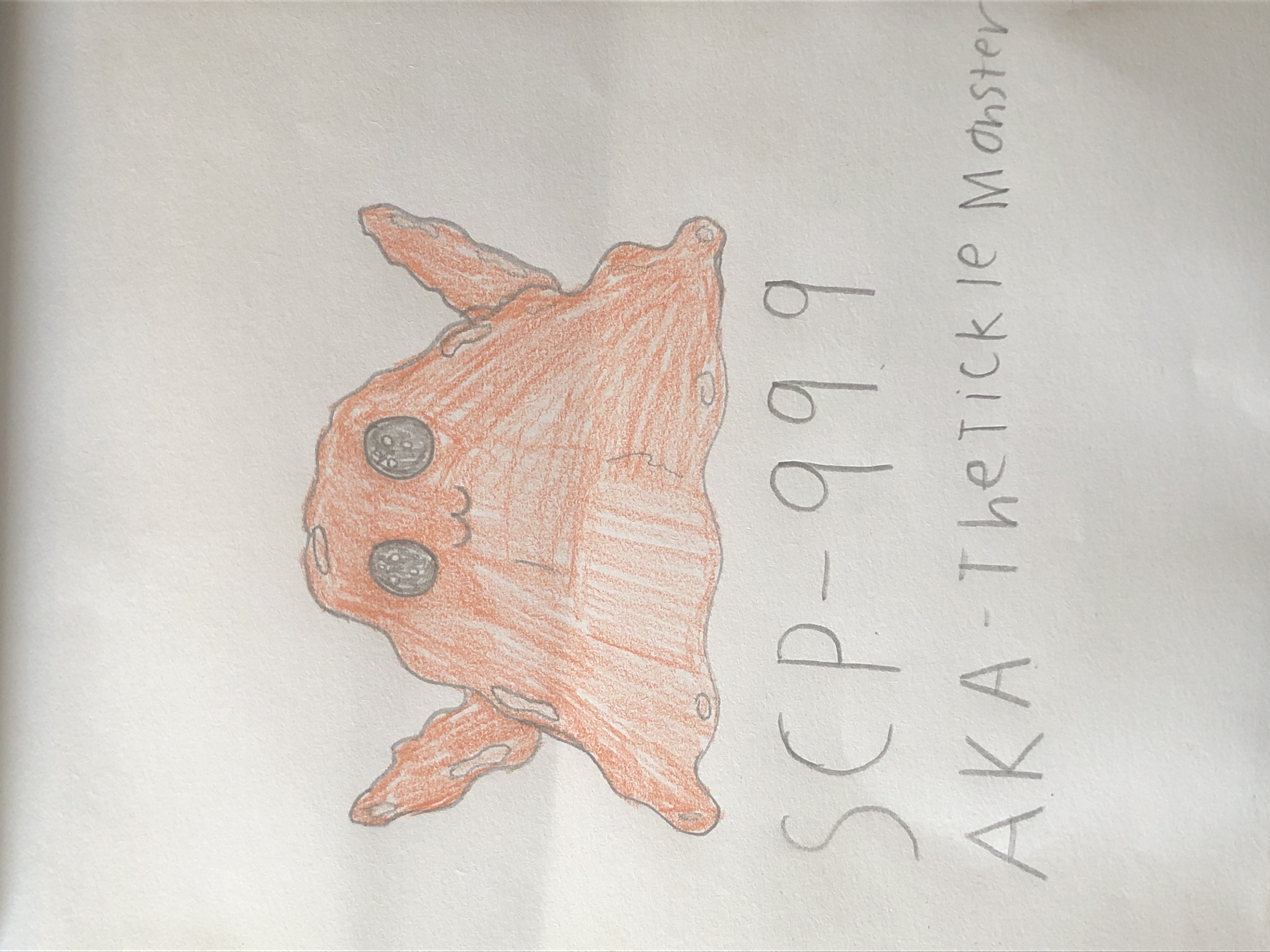 Scp-999 (The tickle monster) in color by Dimitron75 on DeviantArt07 julho 2024
Scp-999 (The tickle monster) in color by Dimitron75 on DeviantArt07 julho 2024 -
Who in the SCP Foundation can defeat The Scarlet King? - Quora07 julho 2024
-
 SCP-999, SCP: Roleplay Wiki07 julho 2024
SCP-999, SCP: Roleplay Wiki07 julho 2024 -
What will happen if the most evil Sith lord was exposed to SCP-99907 julho 2024
-
 SCP-999, SCP Foundation Wikia07 julho 2024
SCP-999, SCP Foundation Wikia07 julho 2024
você pode gostar
-
why can i not download roblox on ps4|TikTok Search07 julho 2024
-
 A Era do Gelo 407 julho 2024
A Era do Gelo 407 julho 2024 -
 Hell's Paradise: Jigokuraku Vibration Stars Gabimaru Figure – Lil Thingamajigs Hive07 julho 2024
Hell's Paradise: Jigokuraku Vibration Stars Gabimaru Figure – Lil Thingamajigs Hive07 julho 2024 -
 Bote esses nomes no seu Eevee Pokémon Amino Em Português Amino07 julho 2024
Bote esses nomes no seu Eevee Pokémon Amino Em Português Amino07 julho 2024 -
 FIFA 22 system requirements07 julho 2024
FIFA 22 system requirements07 julho 2024 -
/cdn.vox-cdn.com/uploads/chorus_asset/file/22751586/Pokemon_UNITE___Team_Up._Take_Down.___Screenshot_5.jpg) Pokémon Unite's “pay to win” mechanics are upsetting some players07 julho 2024
Pokémon Unite's “pay to win” mechanics are upsetting some players07 julho 2024 -
Fazenda Piccadilly Remates e Eventos07 julho 2024
-
 Relógio Xadrez Digital Azul - Chess Clock - Relógio de Pulso07 julho 2024
Relógio Xadrez Digital Azul - Chess Clock - Relógio de Pulso07 julho 2024 -
 Skin Minecraft Pe Herobrine PNG Transparent With Clear Background07 julho 2024
Skin Minecraft Pe Herobrine PNG Transparent With Clear Background07 julho 2024 -
 The Seven Deadly Sins: Grudge of Edinburgh Part 1 Netflix Release07 julho 2024
The Seven Deadly Sins: Grudge of Edinburgh Part 1 Netflix Release07 julho 2024


